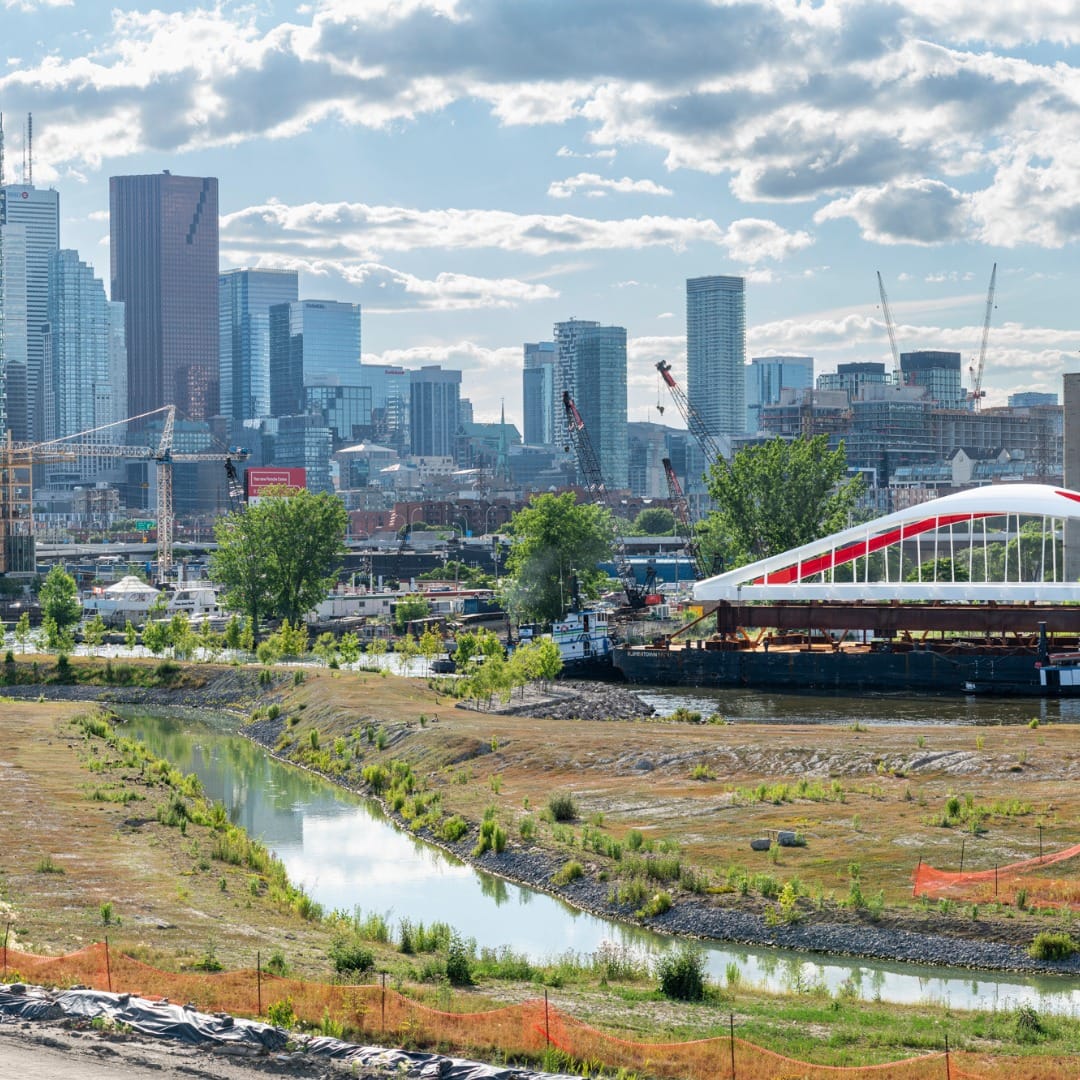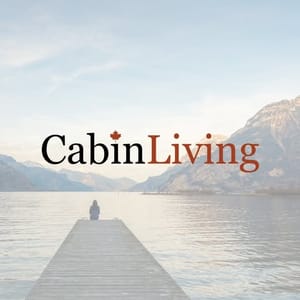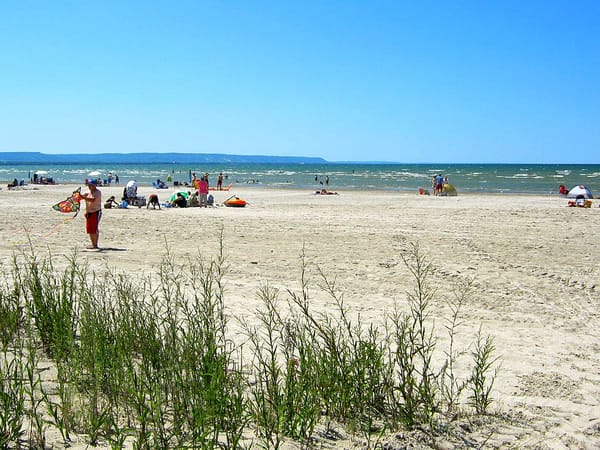After 18 years of planning and a $1.5-billion investment, Toronto will unveil its most ambitious urban wilderness project this weekend as Biidaasige Park opens to the public on the newly created island of Ookwemin Minising.
The grand opening festivities on Saturday, July 19 and Sunday, July 20 from 11 a.m. to 5 p.m. will feature nature tours, Indigenous drumming and storytelling, hands-on crafts, and guided explorations of the renaturalized Don River mouth – marking the first time in over a century that Torontonians can launch a canoe from the river's banks.
A Feat of Ecological Engineering
The 39.6-hectare park represents the culmination of the Port Lands Flood Protection Project, which has transformed what was once industrial wasteland into a functioning ecosystem complete with wetlands, fish habitats, and flood protection infrastructure disguised as naturalized riverbanks.

The project involved moving 1.2 million cubic metres of soil – much of it contaminated by a century of industrial use – and creating an entirely new course for the Don River. Where the river once made an abrupt 90-degree turn into the concrete-lined Keating Channel, it now meanders through restored wetlands before reaching Lake Ontario.
Indigenous Placekeeping Takes Root
The park's name, Biidaasige (pronounced "bee-daw-si-geh"), means "sunlight shining toward us" in Anishinaabemowin, while the island's name, Ookwemin Minising, translates to "place of the black cherry trees." Both names emerged from an Indigenous-led naming process that reflects renewed connections to the land.

"It represents a place for Indigenous people to reconnect with the land and the water within their city," said Fred Martin, a senior project manager in Toronto's Indigenous Affairs Office to the Globe and Mail. "We're hoping that people will come here and be transformed and changed."
What Visitors Will Find
The initial 50-acre opening includes:
- Multiple trails for hiking and cycling
- A massive water-play area where children can activate fountains
- A playground featuring a 10-metre-tall raccoon structure and owl amphitheatre
- Off-leash dog areas
- Picnic terraces with barbecue facilities
- A restored 1920s firehall serving as a community recreation centre
- Direct river access for launching canoes and kayaks
Four fish gates have been installed in the floodplain to keep invasive species out while allowing native fish to spawn freely. Salmon have already been spotted in the renaturalized river.
From Marsh to Industrial Wasteland to Urban Oasis
The transformation of this landscape reads like a condensed history of Toronto's relationship with nature. Prior to European settlement, the Don River flowed through a five-square-kilometre wetland that Indigenous peoples called Waasayishkodenayosh. By 1912, the heavily polluted Ashbridge's Bay Marsh had been filled in to create the Port Lands industrial district.

For the past century, the area languished as a half-vacant stretch of warehouses and oil tanks, perpetually threatened by flooding. The creation of Waterfront Toronto in 2001 finally broke through decades of bureaucratic gridlock between federal, provincial, and municipal governments.
Planning Your Visit
The park is located at 51 Commissioners Street and can be accessed via three new bridges – Cherry North, Cherry South, and Commissioners – that connect the mainland to Ookwemin Minising. While permanent infrastructure is still being finalized, temporary parking and drop-off points have been arranged for the opening weekend.
Toronto Parks has scheduled months of weekend programming to help visitors explore the space, including guided nature walks, bird-watching tours, and educational programs about the wetland ecosystem.
The park will be open daily from 5:30 a.m. to midnight, with the remaining acres scheduled to open in 2026 along with the Lassonde Art Trail featuring 15 public art installations.
Looking Ahead
As construction continues on Ookwemin Minising, the island is slated to eventually house 16,000 residents and provide workspace for 3,000 more. But for now, the focus is on the park itself – a remarkable testament to what's possible when urban planning embraces ecological restoration.

For a city that has long turned its back on its waterfront, Biidaasige Park represents more than just new green space. It's a chance to reconnect with water, land, and the ecological systems that make urban life possible – all while enjoying a zipline ride or splashing in a water playground shaped like a giant owl.
The grand opening activities are free and suitable for all ages. Given the scale of this achievement, weekend crowds are expected to rival those at more established waterfront destinations. Visitors are encouraged to arrive early and embrace the spirit of exploration that the park's designers intended.
After all, it's not every day a city gets a new island.






Join the Conversation